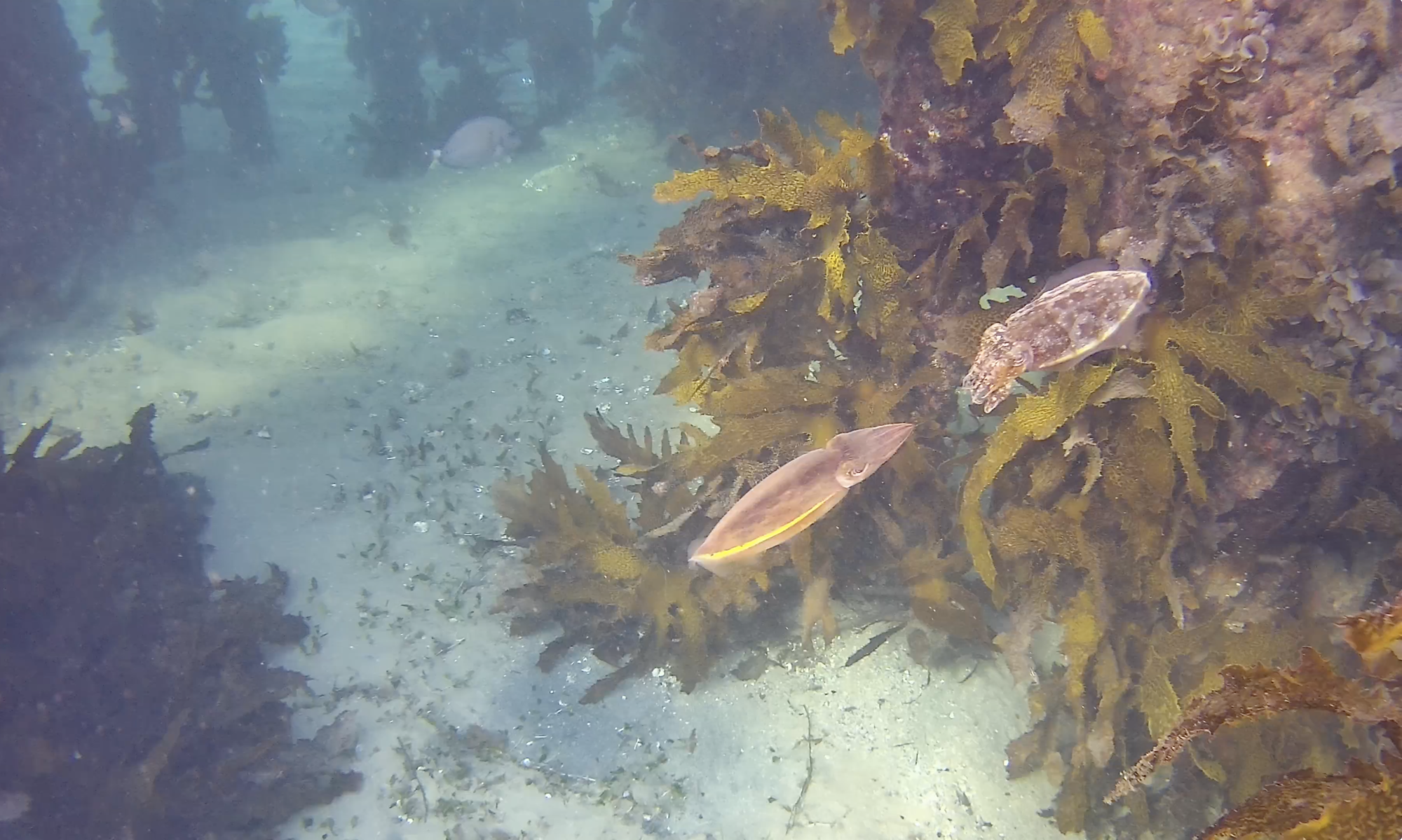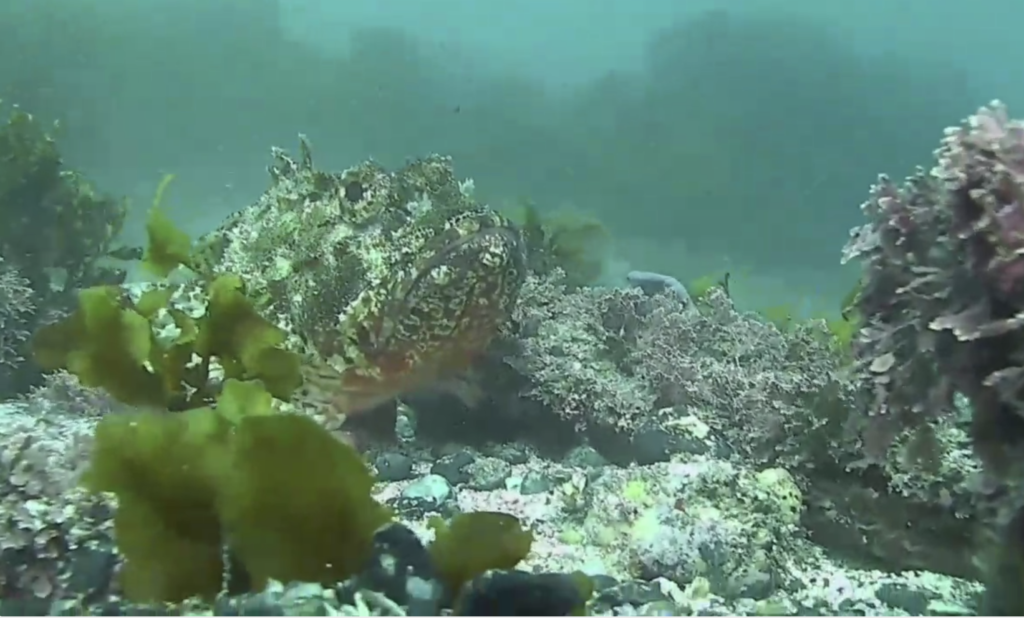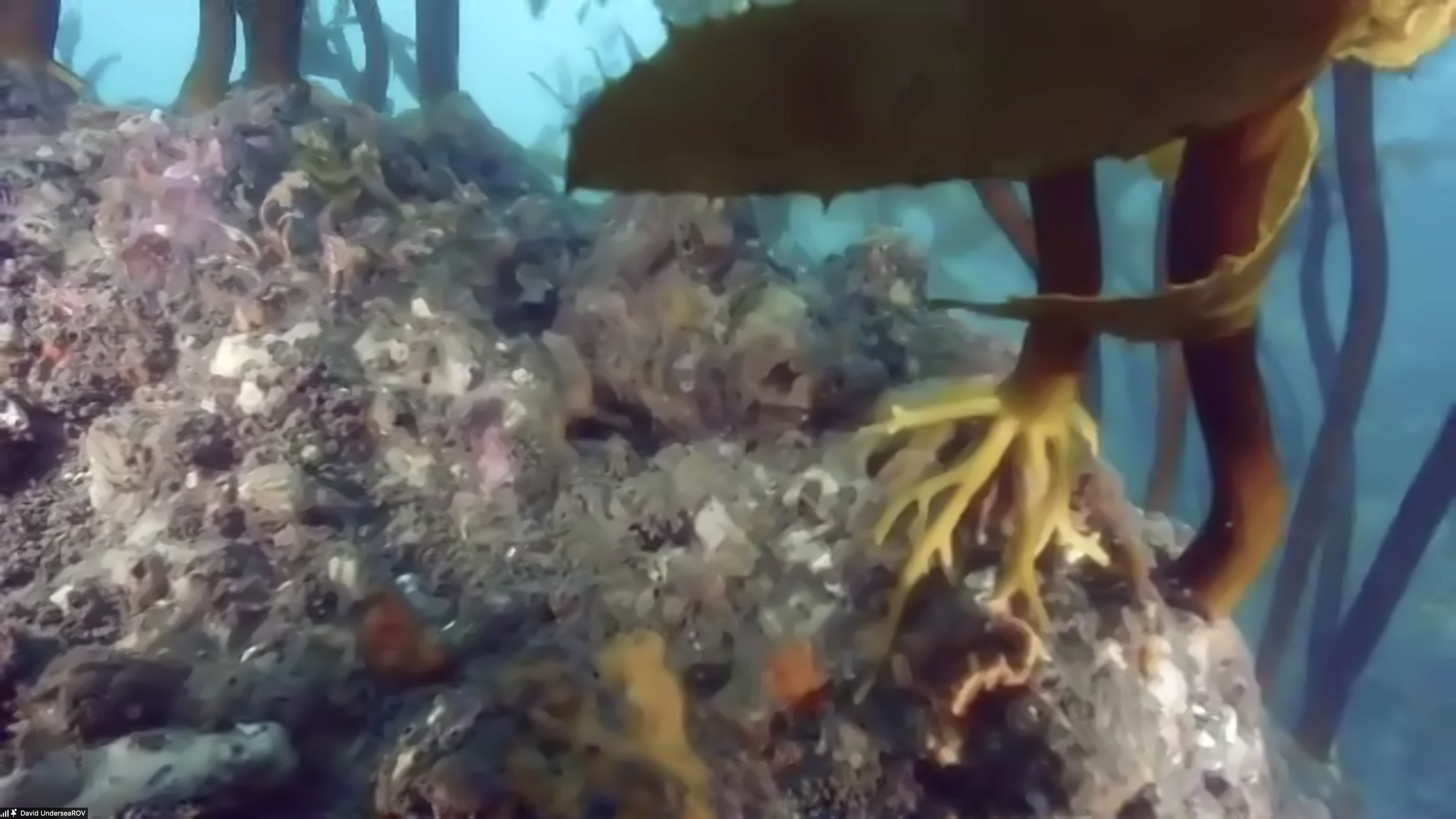Thales Australia has been working with students at University of Technology Sydney (UTS) as part of the Industry Studio Collaboration Project. Team members recently tested custom ROV control software with some basic underwater manoeuvring and an underwater item-collection challenge using an ROV equipped with a dustpan. Sounds like the next project hurdle will be to implement autonomous behaviour by the ROV so it can identify and collect items without a pilot. Quite a challenge!
Full article at: Thales Test Tank Rescue Mission



